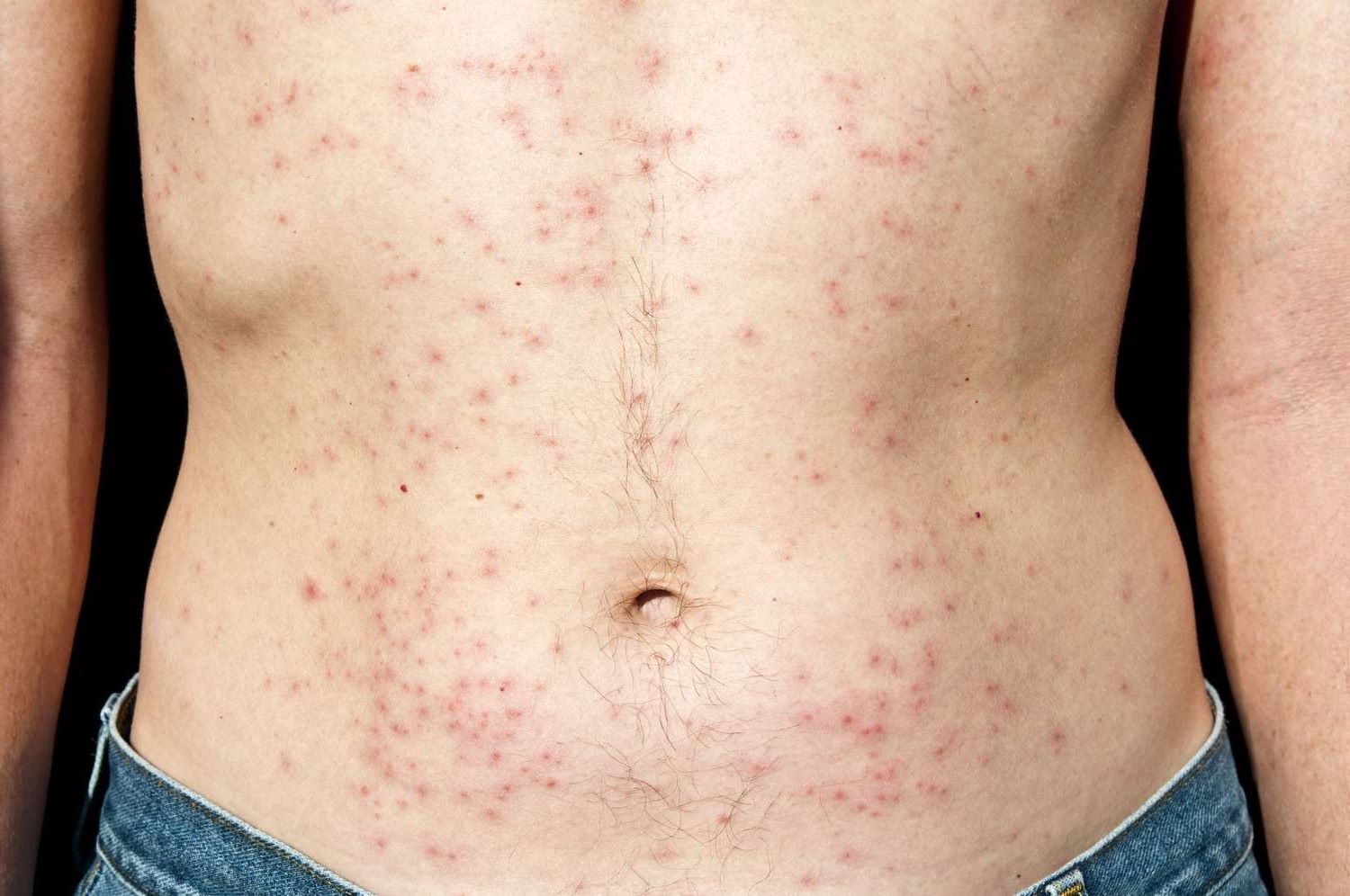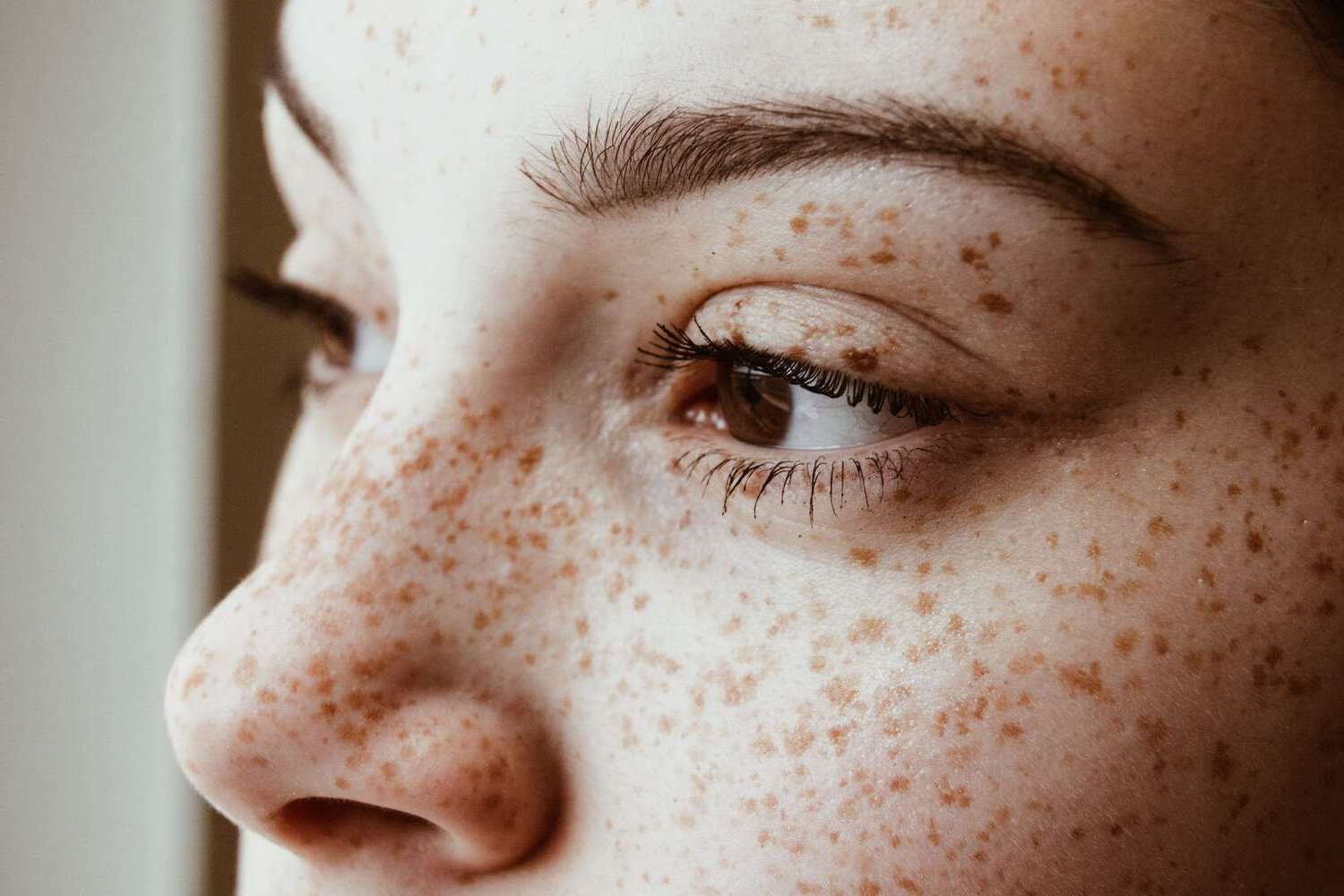
Papules—small, raised bumps on the skin—can be a mystery to many. These tiny, often red or pink spots might seem alarming, but they are usually harmless. What exactly are papules? Papules are a type of acne lesion that doesn't contain pus. They can appear anywhere on the body and vary in size. Understanding these bumps can help ease worries and guide proper skincare. In this post, we'll share 38 facts about papules to help you recognize, treat, and prevent them. From causes to treatments, get ready to become a papule pro!
What Are Papules?
Papules are small, raised bumps on the skin. They can be red, pink, or brown and are usually less than 1 centimeter in diameter. These bumps are often a sign of skin irritation or inflammation.
- Papules are common in acne. They form when hair follicles become clogged with oil and dead skin cells.
- Unlike pustules, papules do not contain pus. They are solid and can feel firm to the touch.
- Papules can appear anywhere on the body. However, they are most commonly found on the face, neck, back, and shoulders.
- Some papules are itchy. This can make them more noticeable and bothersome.
- Papules can be a symptom of various skin conditions. These include eczema, psoriasis, and dermatitis.
Causes of Papules
Understanding what causes papules can help in managing and preventing them. Various factors can lead to the formation of these skin bumps.
- Hormonal changes can trigger papules. This is especially common during puberty, pregnancy, and menstrual cycles.
- Certain medications can cause papules. Steroids and lithium are known to have this side effect.
- Allergic reactions can result in papules. Contact with allergens like poison ivy or certain cosmetics can irritate the skin.
- Infections can lead to papules. Bacterial, viral, and fungal infections can all cause these bumps.
- Stress can exacerbate skin conditions. This can lead to the formation of papules.
Types of Papules
Papules come in different forms. Each type has unique characteristics and may require different treatments.
- Acne papules are the most common type. They are often red and inflamed.
- Lichen planus papules are flat-topped and purple. They can be very itchy.
- Molluscum contagiosum papules are caused by a viral infection. They are usually flesh-colored and have a dimple in the center.
- Dermatofibromas are firm, red or brown papules. They often appear on the legs.
- Cherry angiomas are small, bright red papules. They are made up of blood vessels.
Diagnosing Papules
Proper diagnosis is crucial for effective treatment. Dermatologists use various methods to identify the cause of papules.
- Visual examination is the first step. Dermatologists look at the size, color, and location of the papules.
- Dermoscopy can provide a closer look. This tool magnifies the skin and helps in identifying specific features.
- Skin biopsy may be necessary. A small sample of skin is taken and examined under a microscope.
- Blood tests can help identify underlying conditions. These tests can reveal infections or hormonal imbalances.
- Allergy tests can determine if an allergen is causing the papules. Patch tests are commonly used for this purpose.
Treatment Options for Papules
Treating papules depends on their cause. Various treatments can help reduce their appearance and discomfort.
- Topical treatments are often effective. These include creams and ointments containing benzoyl peroxide or salicylic acid.
- Oral medications may be prescribed. Antibiotics or hormonal treatments can help in severe cases.
- Laser therapy can reduce papules. This treatment targets the affected area without damaging surrounding skin.
- Cryotherapy involves freezing the papules. Liquid nitrogen is used to remove them.
- Natural remedies can also be helpful. Tea tree oil and aloe vera have anti-inflammatory properties.
Preventing Papules
Prevention is better than cure. Simple lifestyle changes can help keep papules at bay.
- Maintain a regular skincare routine. Cleansing and moisturizing can prevent clogged pores.
- Avoid picking or squeezing papules. This can lead to scarring and infection.
- Use non-comedogenic products. These are less likely to clog pores.
- Manage stress effectively. Techniques like meditation and exercise can help.
- Eat a balanced diet. Foods rich in vitamins and minerals promote healthy skin.
Myths About Papules
There are many misconceptions about papules. Clearing up these myths can help in better understanding and managing them.
- Papules are not always a sign of poor hygiene. They can occur even with good skincare habits.
- Not all papules are contagious. Only those caused by infections like molluscum contagiosum can spread.
- Sun exposure does not cure papules. It can actually worsen some skin conditions.
- Home remedies are not always effective. Some can even irritate the skin further.
- Papules do not always need treatment. They can sometimes resolve on their own.
When to See a Doctor
Knowing when to seek medical advice is important. Some situations require professional intervention.
- If papules are painful, see a doctor. This could indicate an infection.
- Persistent papules should be evaluated. If they last more than a few weeks, consult a dermatologist.
- Changes in appearance are a red flag. If papules change color, size, or shape, get them checked.
Final Thoughts on Papules
Papules, those small, raised bumps on the skin, can be a bit of a mystery. They come in various forms and can result from different causes like acne, eczema, or even insect bites. While they might look alarming, most papules are harmless and can be treated with over-the-counter remedies or simple skincare routines. However, if you notice any changes in size, color, or if they become painful, it's a good idea to consult a dermatologist. Understanding what causes papules and how to treat them can help you manage your skin health better. So, next time you spot one, you'll know it's not the end of the world. Just keep an eye on it, and take action if needed. Your skin will thank you!
Was this page helpful?
Our commitment to delivering trustworthy and engaging content is at the heart of what we do. Each fact on our site is contributed by real users like you, bringing a wealth of diverse insights and information. To ensure the highest standards of accuracy and reliability, our dedicated editors meticulously review each submission. This process guarantees that the facts we share are not only fascinating but also credible. Trust in our commitment to quality and authenticity as you explore and learn with us.


